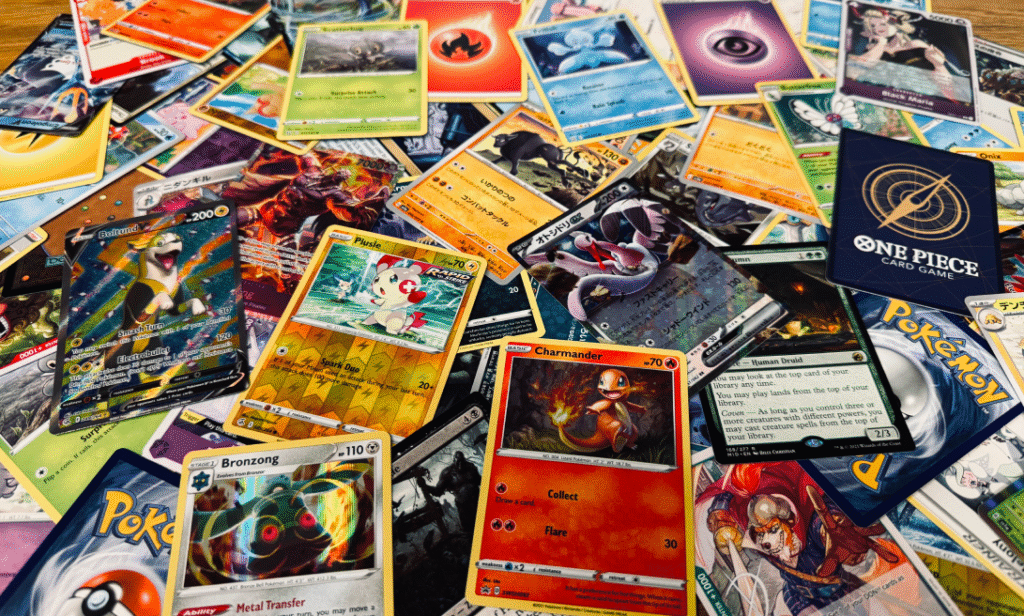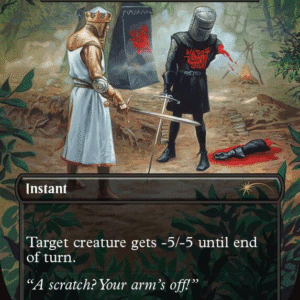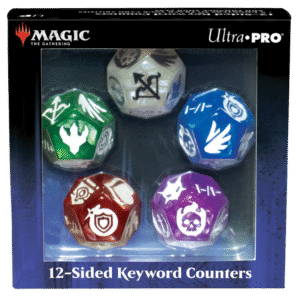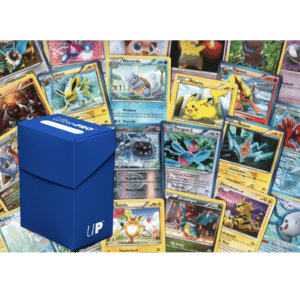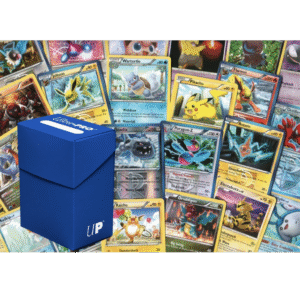If you’re serious about collecting or investing in trading card games (TCGs), you’ve likely heard the term “card grading” more than once. But what exactly does it mean? And more importantly — why does it matter?
In this guide, we’ll break down what grading TCG cards is, how it works, the top grading companies, and why graded cards are becoming essential for collectors and investors alike in 2025.
What Is TCG Card Grading?
Card grading is the process of professionally evaluating the condition and authenticity of a trading card. A third-party grading service examines the card based on strict criteria such as:
- Centering
- Corners
- Edges
- Surface quality
Once graded, the card is sealed in a tamper-proof plastic case with a label displaying its grade, typically on a scale from 1 to 10, with 10 being “Gem Mint.”
Why Grading Matters in 2025
Grading your TCG cards has never been more important. Here’s why:
1. Proves Authenticity
With the rise in counterfeits and reprints, especially for rare cards like the 1st Edition Charizard or Black Lotus, grading gives buyers peace of mind. It confirms that your card is real and unaltered.
2. Determines Market Value
Graded cards consistently sell for higher prices than ungraded ones. A PSA 10 card can be worth 10x more than its raw equivalent — especially for iconic cards from Pokémon, Magic: The Gathering, and Yu-Gi-Oh!
💡 Tip: A mint card in a drawer might be worth $50 raw, but graded a 10? It could sell for $500+.
3. Protects Your Investment
Grading companies encase your card in a slab (a secure plastic case) that prevents damage from handling, moisture, or UV light. It’s perfect for preserving long-term value.
4. Boosts Buyer Confidence
Whether you’re selling on eBay, a TCG marketplace, or a convention, graded cards sell faster. Buyers are more willing to pay top dollar when they know what they’re getting.
Top Grading Companies in 2025
Not all grading services are equal. Here are the most reputable:
| Grading Company | Known For | Popular With |
|---|---|---|
| PSA (Professional Sports Authenticator) | Strict standards and high resale value | Pokémon, Sports Cards |
| Beckett (BGS) | Subgrades and black label prestige | Magic: The Gathering |
| CGC (Certified Guaranty Company) | Fast turnaround and competitive pricing | Yu-Gi-Oh!, Newer TCGs |
How Much Does Card Grading Cost?
Grading fees can range from $15 to $150+, depending on:
- The service level (standard vs. express)
- Declared card value
- Turnaround time
While grading isn’t cheap, it’s often worth it for high-value cards — especially if you plan to sell, trade, or invest.
Should You Grade Every Card?
No — not every card is worth grading. Focus on:
✅ Cards that are rare, valuable, or iconic
✅ Cards in mint or near-mint condition
✅ Cards that are highly sought after in the market
For lower-value or heavily played cards, grading might cost more than the card is worth.
When to Get Your Cards Graded
Here’s when it’s smart to grade your cards:
- You’re preparing to sell a rare card
- You’ve pulled a chase card from a booster pack
- You want to invest in collectible TCGs long-term
- You’re building a high-end display collection
Need help choosing which cards to grade? Visit our TCGMonster Blog for expert card reviews and collector tips.
Where to Buy Graded TCG Cards
Looking to skip the grading line? You can find certified graded cards for sale on reputable sites like:
- TCGMonster Marketplace
- eBay (be sure to filter by grading company)
- TCGPlayer (look for PSA/BGS-certified listings)
Final Thoughts
In today’s fast-growing collectible market, grading your TCG cards is a smart move. Whether you’re investing, collecting, or simply want to protect your favorite pulls, grading adds value, credibility, and peace of mind.
